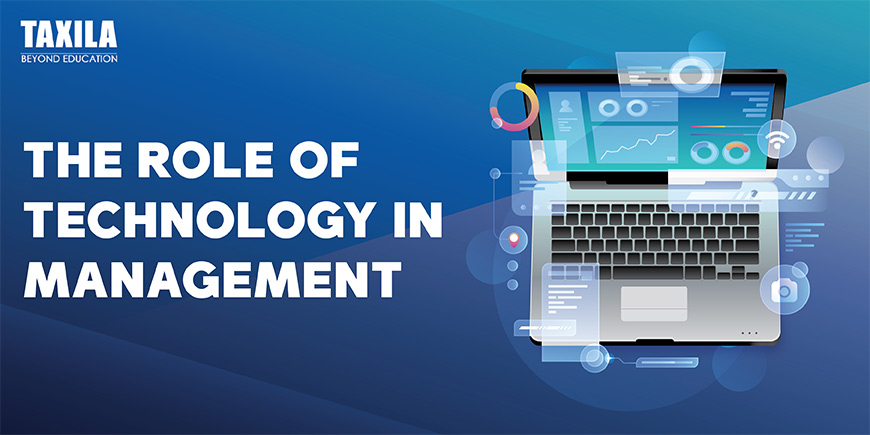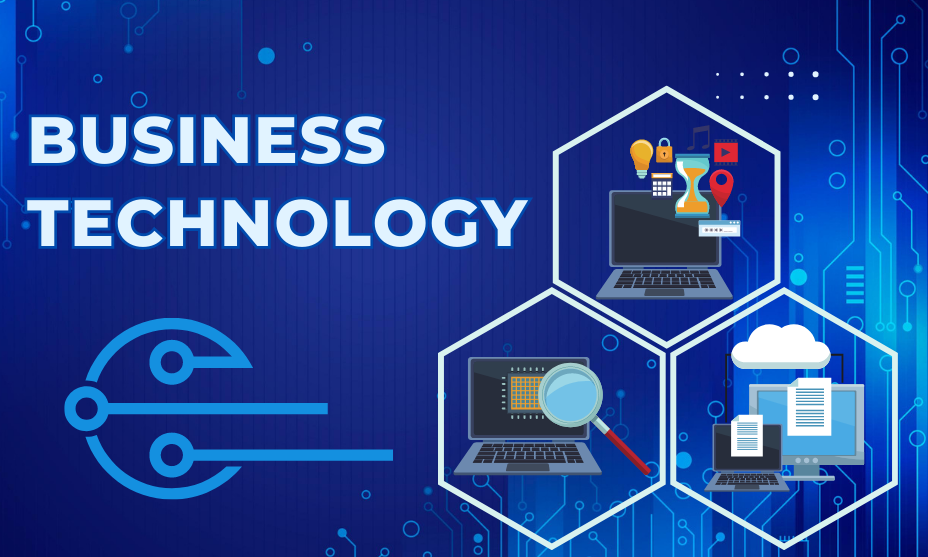What is Technology Management? Why is It Important in Business In the contemporary landscape of business, technology has become more than just a tool; it’s a driving force that shapes industries, transforms processes, and redefines competitive landscapes. At the heart of leveraging technology effectively lies the discipline of Technology Management. This article delves into the intricacies of Technology Management, its significance, and why it stands as a cornerstone for success in modern businesses.

Understanding Technology Management
Technology Management refers to the process of planning, organizing, and optimizing technology assets and resources within an organization to achieve strategic objectives. It encompasses a wide array of activities, including innovation, development, implementation, and maintenance of technological infrastructure and solutions.
In essence, Technology Management involves:
- Strategic Planning: Aligning technology initiatives with organizational goals and objectives.
- Resource Allocation: Optimizing budget, manpower, and time for technology projects.
- Risk Management: Identifying potential risks associated with technology adoption and mitigating them effectively.
- Innovation: Encouraging continuous innovation and technological advancement within the organization.
- Integration: Ensuring seamless integration of technology with existing business processes.
- Performance Monitoring: Regularly evaluating the performance and effectiveness of technology solutions.
The Importance of Technology Management in Business
1. Strategic Alignment:
Technology Management ensures that technological investments and initiatives are in sync with the overall strategic direction of the organization. By aligning technology with business objectives, companies can enhance efficiency, foster innovation, and gain a competitive edge in the market.
2. Innovation and Adaptation:
In today’s rapidly evolving business environment, innovation is paramount for survival and growth. Effective Technology Management fosters a culture of innovation by encouraging experimentation, embracing emerging technologies, and driving continuous improvement across all facets of the organization.

3. Operational Efficiency:
Well-managed technology assets and systems can streamline operations, automate routine tasks, and eliminate bottlenecks, thus enhancing overall efficiency and productivity. From supply chain management to customer relationship management, technology plays a pivotal role in optimizing business processes.
4. Risk Mitigation:
Technology Management involves proactive risk assessment and mitigation strategies to address cybersecurity threats, system failures, data breaches, and other potential risks. By implementing robust security measures and disaster recovery plans, organizations can safeguard their digital assets and protect sensitive information.
5. Enhanced Decision Making:
In the era of big data and analytics, Technology Management enables organizations to harness the power of data-driven insights for informed decision-making. Through advanced analytics tools and predictive modeling techniques, businesses can gain valuable intelligence, identify trends, and anticipate market changes.
6. Customer Experience:
Technology has revolutionized the way businesses interact with customers. From personalized marketing campaigns to seamless omnichannel experiences, technology-driven solutions enable organizations to deliver superior customer service and build long-lasting relationships with their clientele.
7. Competitive Advantage:
In today’s hyper-competitive marketplace, technology serves as a key differentiator that sets industry leaders apart from their competitors. By leveraging innovative technologies such as artificial intelligence, machine learning, and blockchain, companies can innovate faster, enter new markets, and outperform rivals.
Implementing Effective Technology Management
To harness the full potential of Technology Management, organizations must adopt a holistic approach that encompasses people, processes, and technology. Key strategies for implementing effective Technology Management include:

- Leadership Buy-In: Top management must champion technology initiatives and foster a culture of innovation and collaboration across the organization.
- Talent Acquisition and Development: Recruiting and retaining top talent with expertise in technology and business management is essential for driving technological innovation and excellence.
- Agile Frameworks: Embracing agile methodologies enables organizations to adapt quickly to changing market dynamics and deliver value to customers more efficiently.
- Collaboration and Integration: Breaking down silos and fostering cross-functional collaboration enables seamless integration of technology across various departments and business units.
- Continuous Learning and Improvement: Investing in employee training and development programs ensures that teams stay abreast of emerging technologies and best practices in Technology Management.
- Strategic Partnerships: Collaborating with technology vendors, startups, and industry partners can provide access to cutting-edge solutions and expertise that complement internal capabilities.
FAQs:
1. What is Technology Management?
Technology Management refers to the systematic process of planning, organizing, and optimizing technology assets and resources within an organization to achieve strategic objectives. It involves activities such as innovation, development, implementation, and maintenance of technological infrastructure and solutions.

2. Why is Technology Management important in business?
- Strategic Alignment: Technology Management ensures that technological initiatives align with the overall strategic goals of the organization.
- Innovation and Adaptation: It fosters a culture of innovation, enabling businesses to adapt to changing market dynamics and stay ahead of competitors.
- Operational Efficiency: Well-managed technology assets streamline operations, automate tasks, and enhance productivity.
- Risk Mitigation: Technology Management includes proactive measures to mitigate risks such as cybersecurity threats and system failures.
- Enhanced Decision Making: By leveraging data-driven insights, businesses can make informed decisions and respond effectively to market changes.
- Customer Experience: Technology-driven solutions enable organizations to deliver superior customer service and personalized experiences.
- Competitive Advantage: Effective Technology Management helps businesses differentiate themselves and outperform competitors in the marketplace.
3. What are the key components of Technology Management?
Key components of Technology Management include strategic planning, resource allocation, risk management, innovation, integration, and performance monitoring.
4. How does Technology Management contribute to organizational success?
Technology Management contributes to organizational success by enabling businesses to leverage technology effectively to drive innovation, enhance operational efficiency, mitigate risks, and gain a competitive edge in the market.
5. What are some challenges associated with Technology Management?
Challenges associated with Technology Management include keeping pace with rapid technological advancements, managing complex IT infrastructures, ensuring data security and privacy, navigating regulatory compliance requirements, and fostering a culture of innovation within the organization.

6. How can businesses implement effective Technology Management practices?
Businesses can implement effective Technology Management practices by securing leadership buy-in, investing in talent development, adopting agile frameworks, fostering collaboration and integration across departments, promoting continuous learning and improvement, and establishing strategic partnerships with technology vendors and industry partners.
Conclusion
In conclusion, Technology Management is not merely a support function but a strategic imperative for businesses seeking to thrive in today’s digital age. By effectively managing technology assets, organizations can drive innovation, enhance operational efficiency, mitigate risks, and gain a competitive advantage in the marketplace. As technology continues to evolve at a rapid pace, embracing a proactive and strategic approach to Technology Management is paramount for long-term success and sustainability in the ever-changing business landscape.






























































